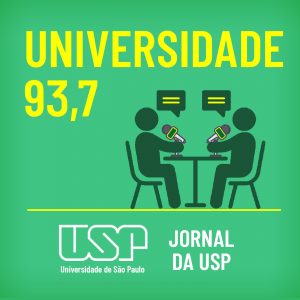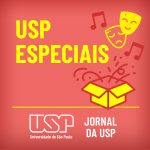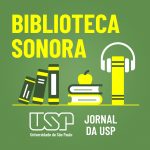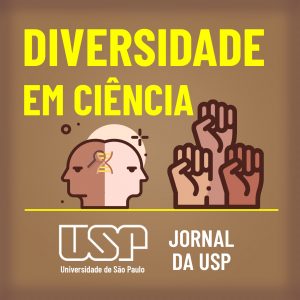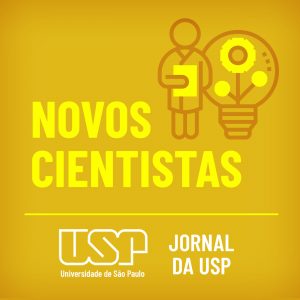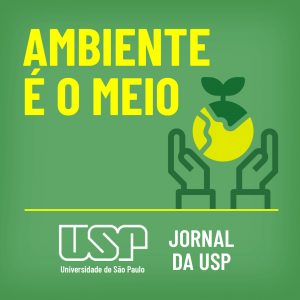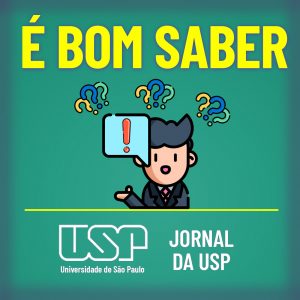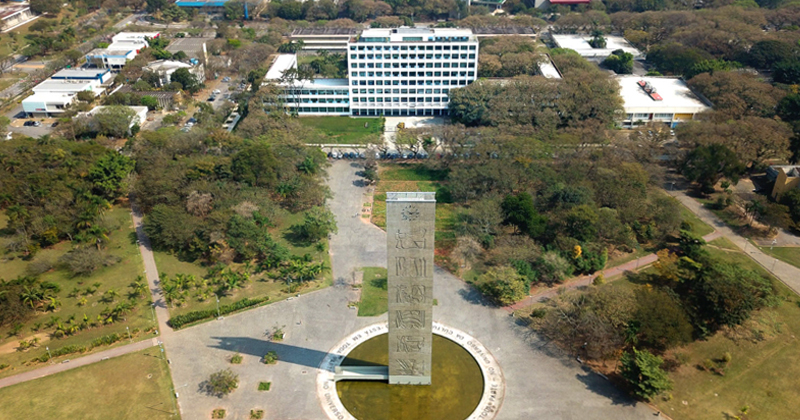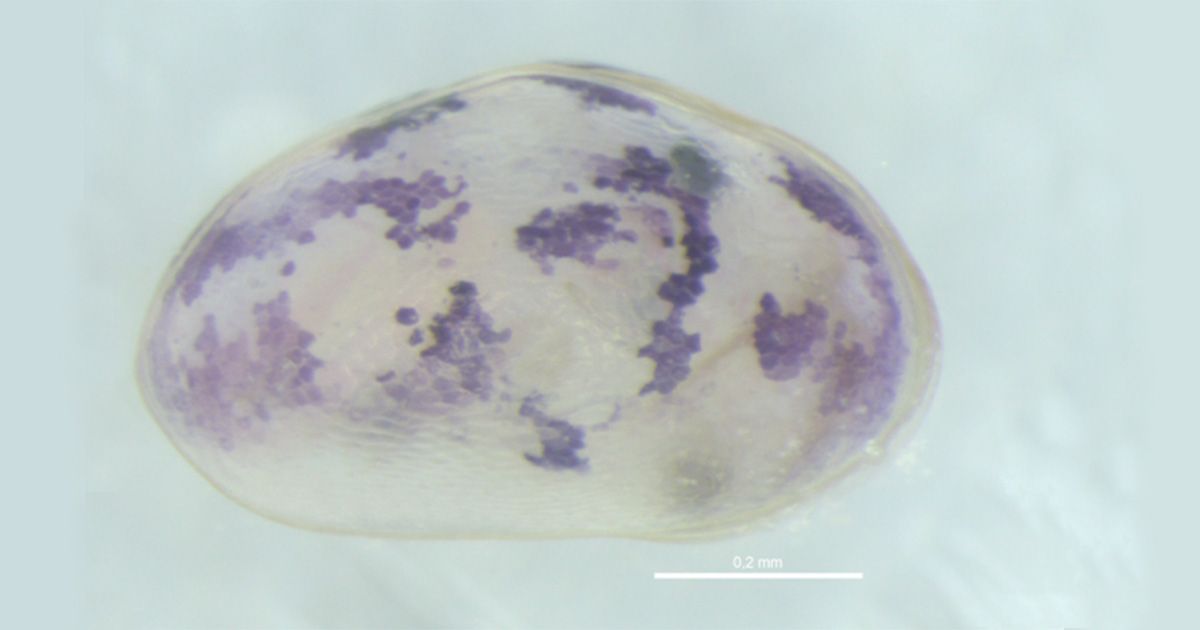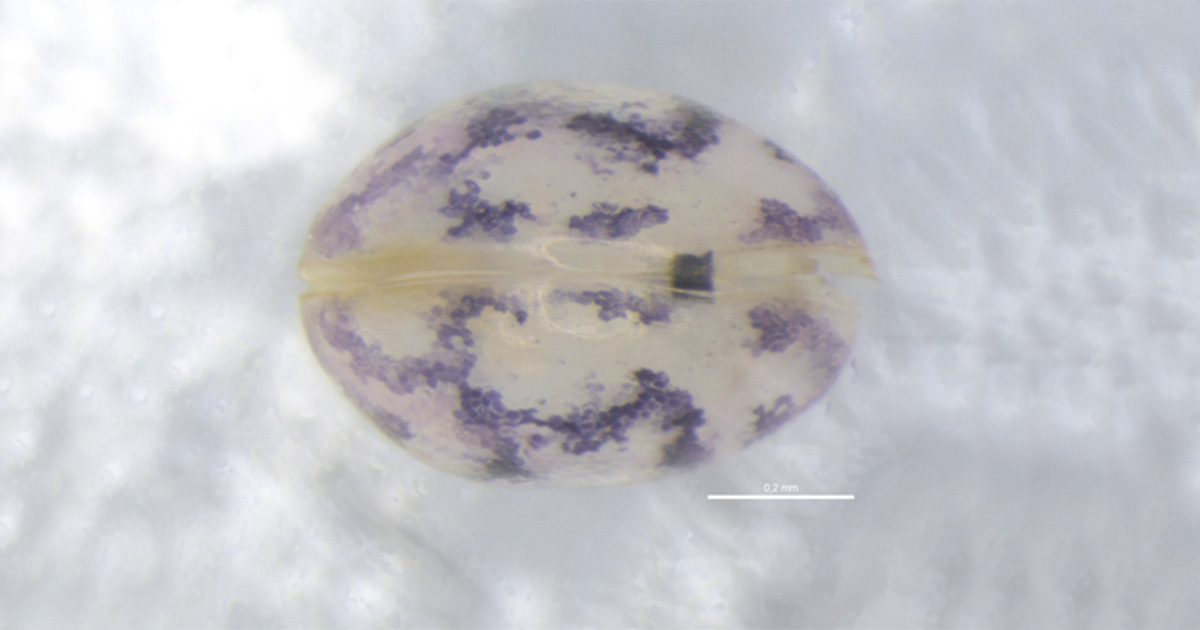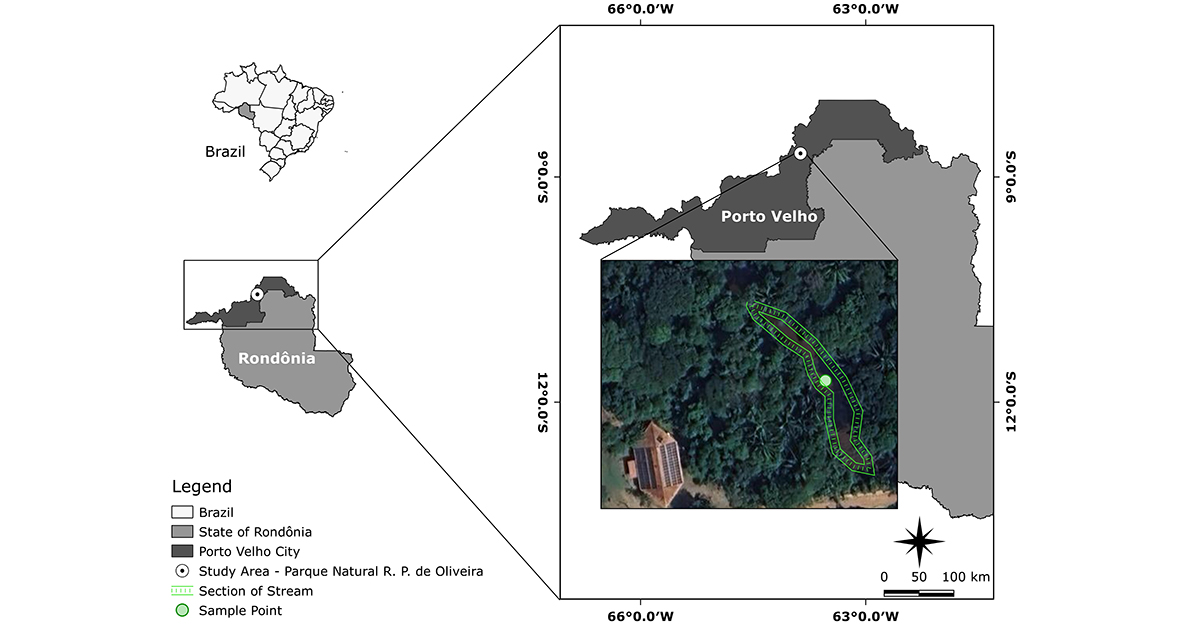
Blog
Newly discovered, microcrustacean can "measure" contamination in Amazonian waters
The use of the native species Strandesia rondoniensis in laboratory ecotoxicological studies has potential for evaluating the effects of human action on the Amazon ecosystem
Foto: Freepik
 In the north of the city of Porto Velho, in Rondônia, the USP researcher Diego
Gomes collected a microcrustacean that he believed to be a known species.
However, after taxonomy checks carried out by researchers from Universidade
de Brasília (UnB), the group involved in studying the species confirmed: it was a
species that had not yet been described, which was named Strandesia
rondoniensis . The new species has shown great potential for use in laboratory
studies, researchers from the School of Animal Science and Food Engineering
(FZEA) and the School of Engineering of São Carlos (EESC), of USP, have
found.
In the north of the city of Porto Velho, in Rondônia, the USP researcher Diego
Gomes collected a microcrustacean that he believed to be a known species.
However, after taxonomy checks carried out by researchers from Universidade
de Brasília (UnB), the group involved in studying the species confirmed: it was a
species that had not yet been described, which was named Strandesia
rondoniensis . The new species has shown great potential for use in laboratory
studies, researchers from the School of Animal Science and Food Engineering
(FZEA) and the School of Engineering of São Carlos (EESC), of USP, have
found. Strandesia rondoniensis is an ostracod – a microcrustacean whose body is
formed by a two-part shell. It lives in the substrate of aquatic environments and has an average size of 771 micrometers (µm), high fertility compared to other species, and lives on average 47 days. In addition, all the individuals collected were females. The form of reproduction is through parthenogenesis, when the embryo develops from an egg without fertilization occurring.
To study it, Gomes says that the first challenge was the cultivation and handling of the animal. “It is really very difficult for us to acclimate and maintain a species in laboratory cultures” “Sometimes, it takes years to achieve [the ideal physical and chemical conditions].” But, as the researcher reports, after a few attempts, the ostracod was able to acclimate.

Diego Gomes - Photo: Linkedin

Raquel Moreira - Photo: Lattes
Characteristics of the species, such as rapid growth, high reproduction rates,
and ease of maintenance contribute to its use as a test organism. Test
organisms are used by researchers as tools to assess the environmental
impacts caused by different pollutants.
In the article, published in the international journal Limnologica , the researchers also reveal that Stradesia rondoniensis arose from an evolutionary convergence of the ostracod species Neostrandesia striata and Bradleytriebella lineata. As Raquel Moreira, a professor from the Department of Basic Sciences at FZEA- USP and co-supervisor of the paper, explains, evolutionary convergence “is a phenomenon that is observed in living beings when they develop similar characteristics, but which are of different origins.”
In other words, despite having a high similarity with other specimens in relation to the shell, Strandesia rondoniensis has peculiarities that characterize it as a new species. Among them, the pattern of its shell decoration is reticulated (similar to a net), while that of other species is striated. “Knowing all the species of animals [from the Amazon biome] is not a simple thing. So, describing a new species represents a contribution to the expansion of knowledge of the
biodiversity of this important biome,” points out Raquel.
collected the samples – Images provided by the researcher.
Native species and test organisms
The researchers aim to use the species as a model organism and, therefore, continue to investigate, primarily, the ability of Strandesia rondoniensis to reflect the impacts of contamination by toxic compounds on living organisms, an area called aquatic ecotoxicology. Microcrustaceans have the important function of transferring matter and energy to higher levels of the food chain, such as fish and insects, feeding on detritus present in the substrate of aquatic environments. Therefore, signs of contamination in these species may show that the effects will be felt throughout the ecosystem. “In the Amazon, today, there is no standardized test organism for ecotoxicological studies,” Gomes recalls.
In order for an organism to be used in a laboratory as a model organism, it must comply with national and international standards. In Brazil, this regulation is carried out by the Brazilian Association of Technical Standards, the ABNT. Moreira explains that, since they are already standardized, the species of invertebrates used are usually those belonging to zooplankton, aquatic organisms that live dispersed in the marine and freshwater environment.
But the use of Strandesia rondoniensis is an opportunity to reflect what happens in the Amazon ecosystem in the laboratory. “We add ecological realism when we manage to use native species that are being impacted by anthropogenic [human] activities,” explains Moreira.
More information: diego.frgomes@gmail.com, with Diego Gomes; raquelmoreira@usp.br, with Raquel Moreira.
*Intern under the supervision of Moisés Dorado
English version: Nexus Traduções
A reprodução de matérias e fotografias é livre mediante a citação do Jornal da USP e do autor. No caso dos arquivos de áudio, deverão constar dos créditos a Rádio USP e, em sendo explicitados, os autores. Para uso de arquivos de vídeo, esses créditos deverão mencionar a TV USP e, caso estejam explicitados, os autores. Fotos devem ser creditadas como USP Imagens e o nome do fotógrafo.


